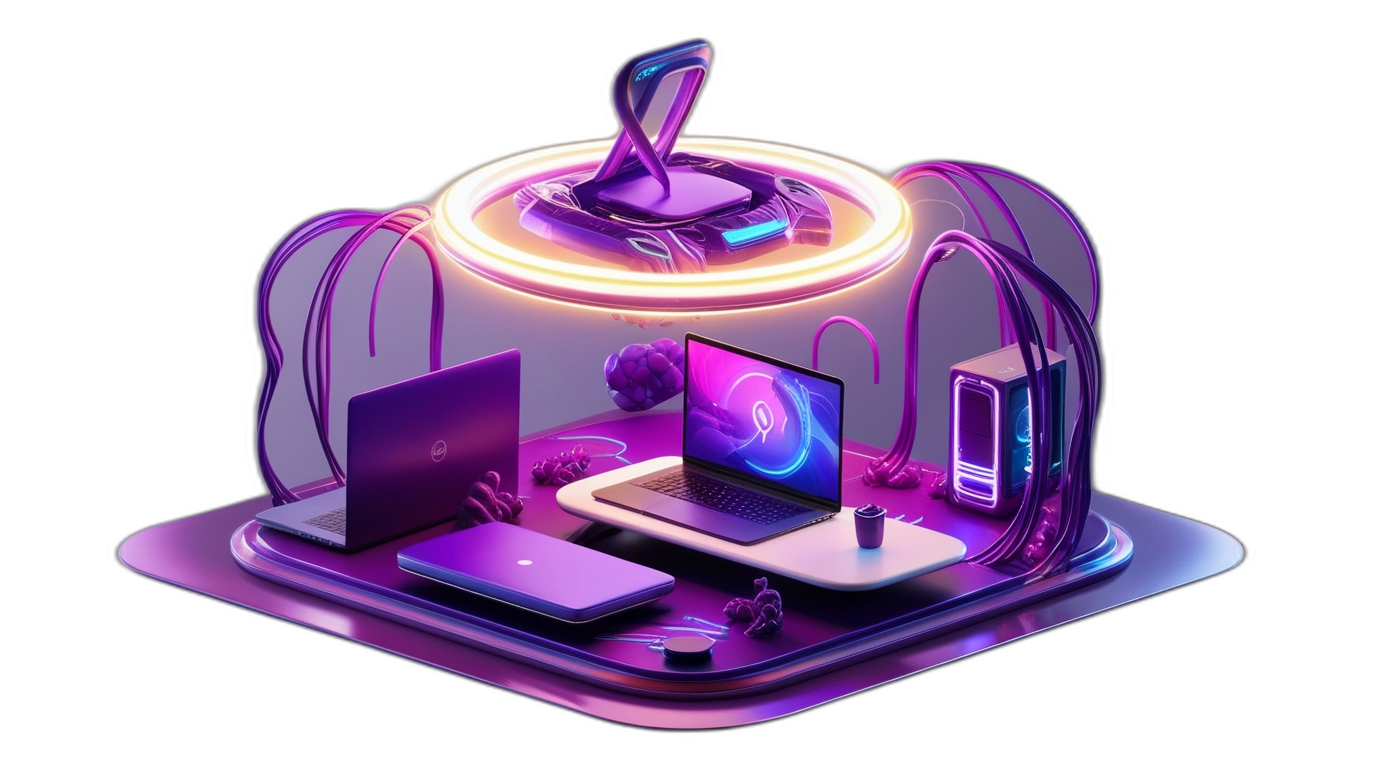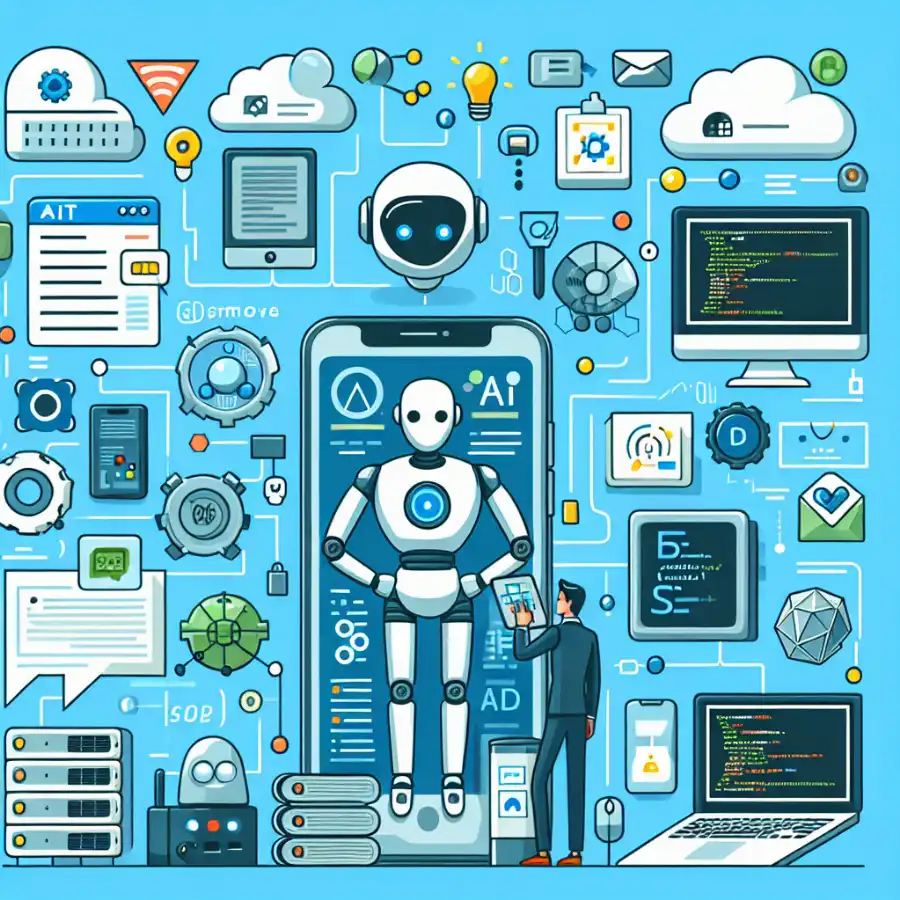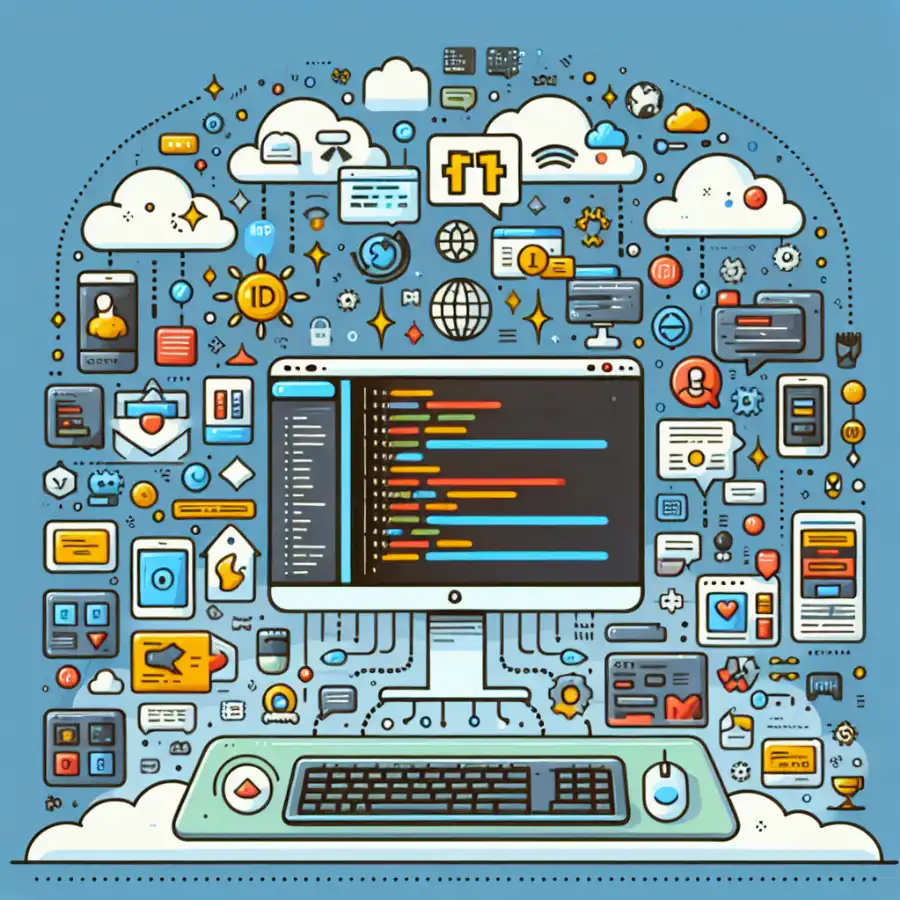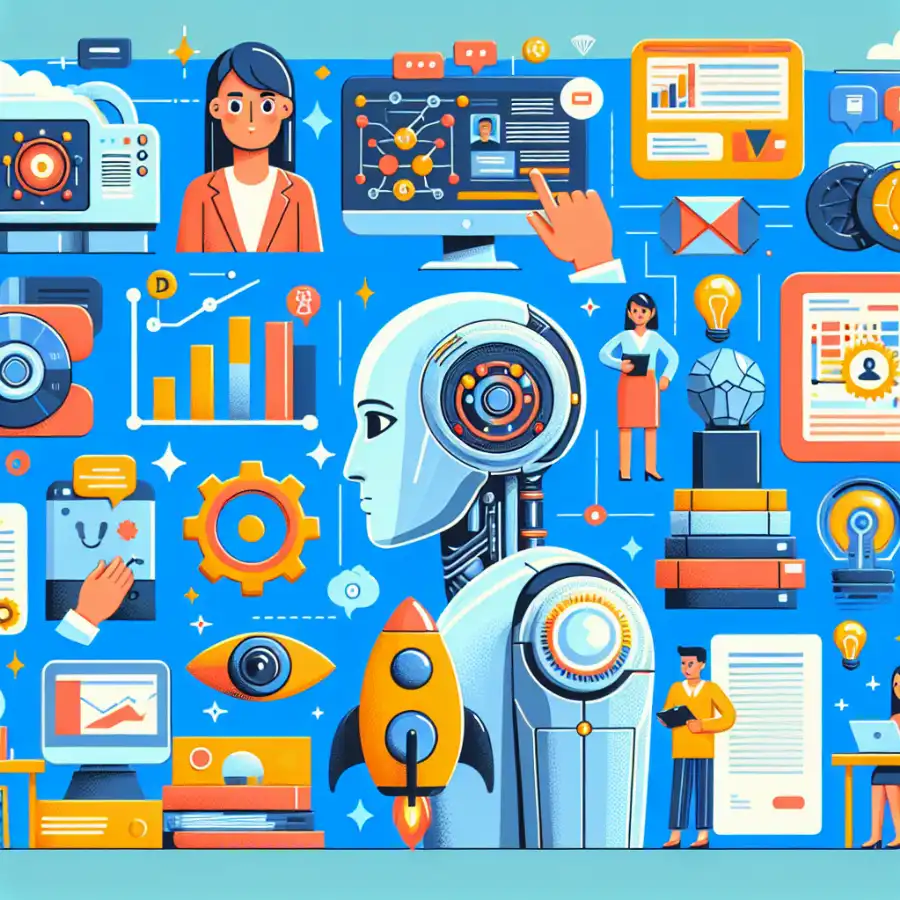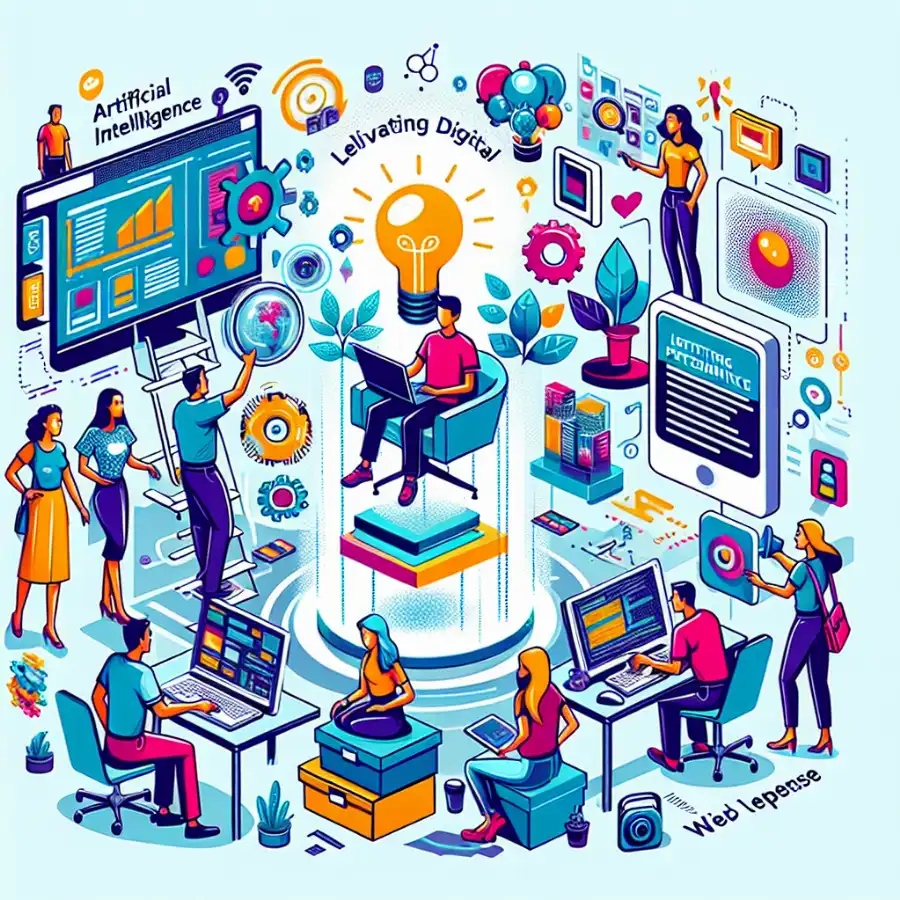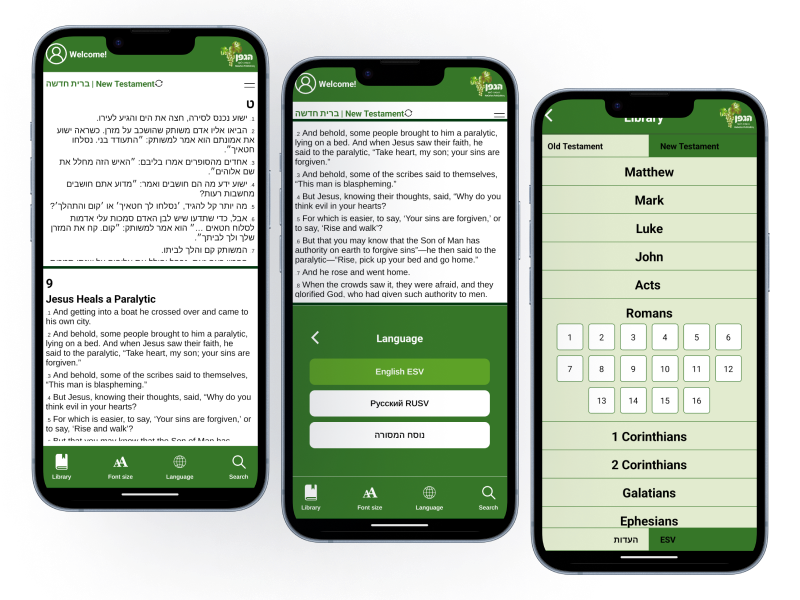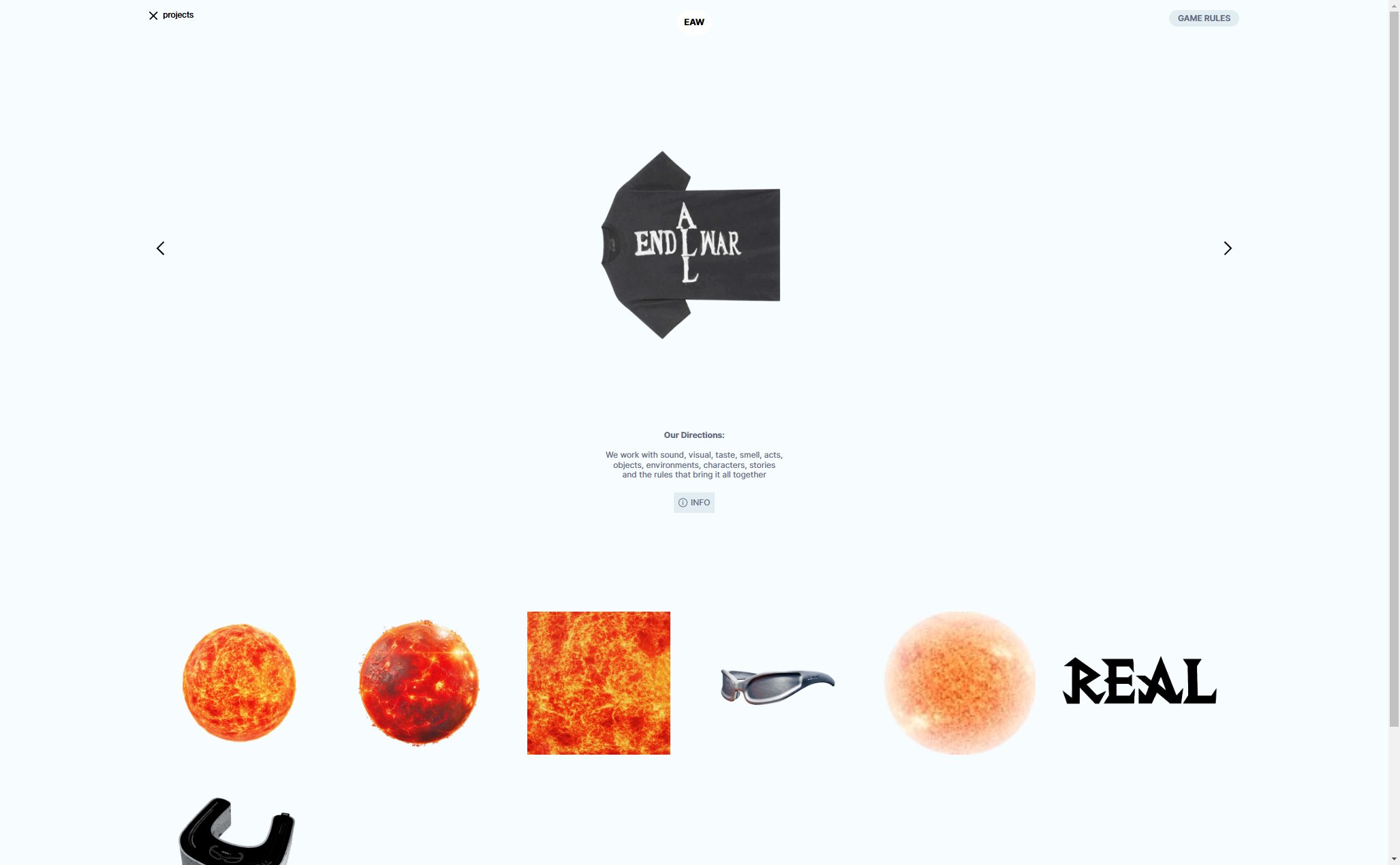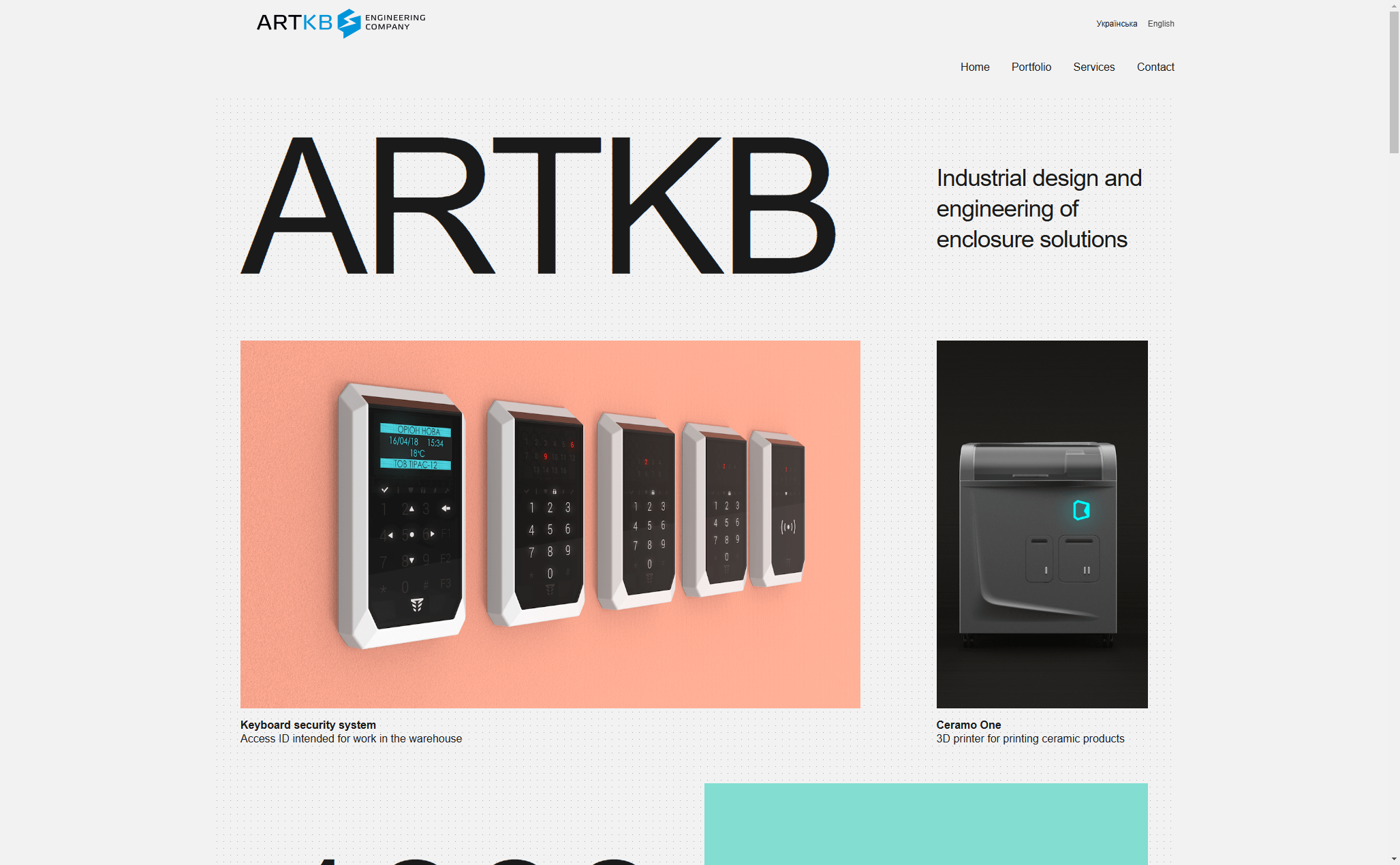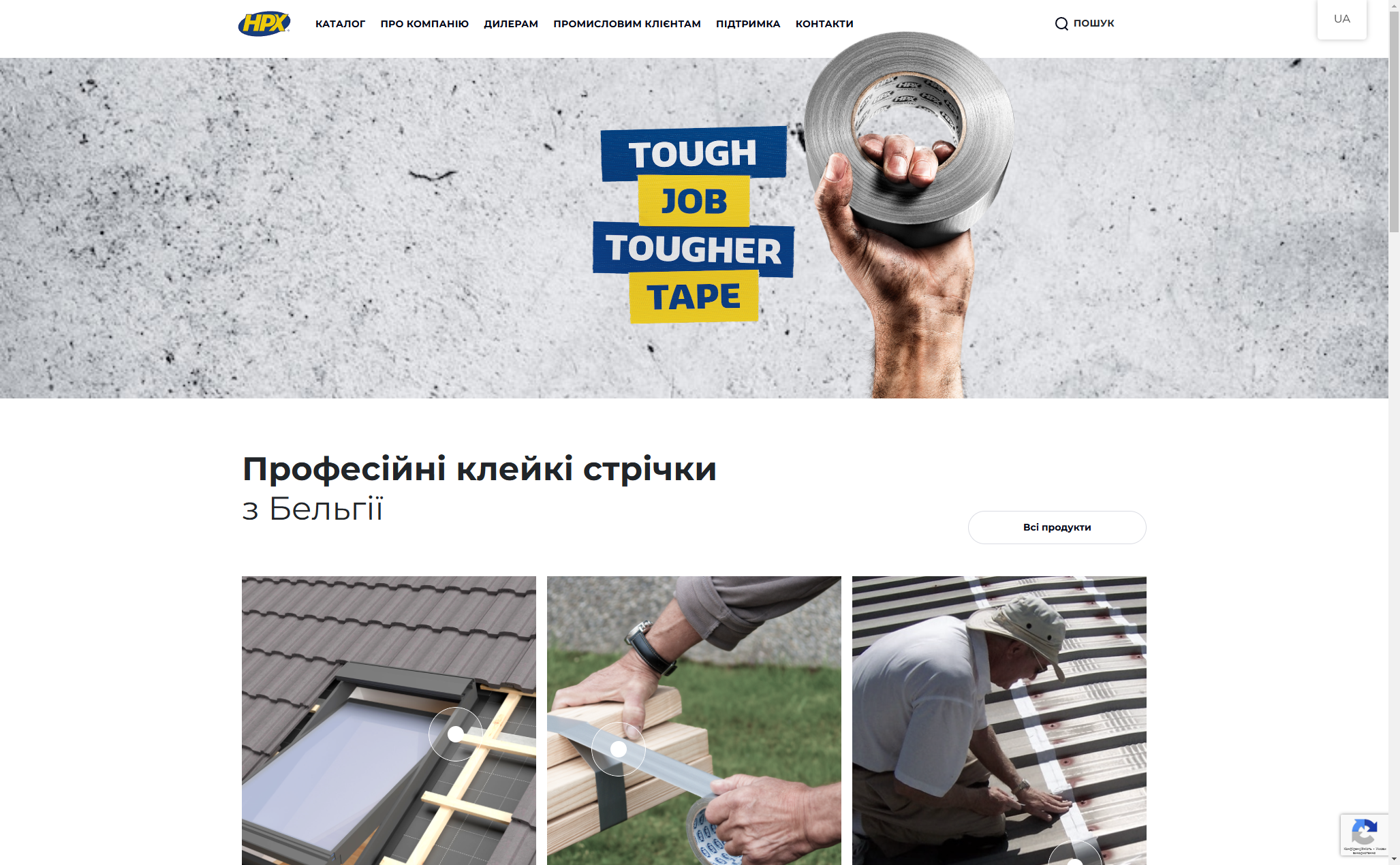Utilize Visual Regression Testing for Flawless UI Updates
In the fast-paced realms of web and mobile app development, maintaining a consistent and visually appealing user interface (UI) is paramount. Visual regression testing is an advanced quality assurance strategy that ensures every UI update is executed flawlessly while preserving the overall user experience. In this article, we explore how leveraging visual regression testing can drive enhanced quality control, reduce deployment risks, and ultimately support business growth by assuring top-notch UI performance.
Introduction to Visual Regression Testing
Visual regression testing involves the automated process of capturing screenshots of your application's UI and then comparing them to baseline images from previous versions. The primary goal is to quickly detect any unintended changes that may have occurred during development updates. With the explosive growth of web and mobile applications, ensuring UI consistency has become critical not only for user satisfaction but also for upholding the integrity of your brand. This method harnesses automated image comparison tools, making it a staple in modern development environments focused on agile and continuous integration practices.
Key Benefits of Visual Regression Testing
Visual regression testing brings a plethora of both immediate and long-term benefits for businesses engaged in web and mobile development. Here are some of the key advantages:
- Enhanced Accuracy: Automated tests precisely detect even the most subtle UI discrepancies, ensuring a pixel-perfect interface across updates.
- Faster Time-to-Market: Streamline the development pipeline by catching visual errors early, reducing costly rework and accelerating deployments.
- Improved User Experience: A consistent UI ensures that users experience a smooth and consistent journey, leading to increased satisfaction and higher retention rates.
- Reduced Manual Testing Efforts: Automating visual tests minimizes the need for exhaustive manual checks, freeing up resources to focus on more critical tasks.
- Long-Term Cost Efficiency: Preventing regressions reduces the risk of post-deployment issues, saving you from potential revenue loss and damage control measures in the future.
- Confidence in UI Updates: Each update is verified for visual integrity, providing stakeholders the assurance that new features or changes have not compromised the overall interface.
Why Choose Visual Regression Testing for Your Business
Businesses, whether startups or established enterprises, face significant pressure to deliver flawless digital experiences. Choosing visual regression testing offers several compelling reasons:
- Mitigate UI Inconsistencies: One of the most common challenges in development is inconsistency in UI components. Visual regression testing acts as an automated gatekeeper to catch these irregularities before they reach production.
- Address Pain Points Proactively: Many organizations struggle with deployment errors that can tarnish the brand's image. With visual regression testing, potential issues can be detected and resolved early, ensuring that every update enhances the user experience rather than detracts from it.
- Boost Operational Efficiency: Developers spend less time debugging visual inconsistencies, which translates into higher productivity and quicker iterations on design and functionality updates.
- Enhanced Revenue Opportunities: A seamless and visually coherent application not only improves customer satisfaction but also drives higher conversion rates and business growth.
- Industry Compliance and Standards: In highly regulated industries, maintaining UI consistency is critical for brand trust and compliance. Automated visual tests ensure adherence to these rigorous standards.
How Visual Regression Testing Can Help You Achieve Your Goals
Real-world scenarios highlight the transformative impact of visual regression testing. Consider the following use cases:
- E-commerce Platforms: An online retail website with hundreds of dynamic elements can suffer from minor UI discrepancies that confuse customers. Automated visual tests ensure that product images, price tags, and promotional banners remain consistent, resulting in higher customer confidence and sales.
- Mobile Banking Apps: In highly competitive fintech environments, every update must be meticulously verified for security and visibility. By ensuring no unintended visual shifts occur during updates, banks can offer a secure and reliable app experience, reducing customer frustration and churn.
- Enterprise Software: Large-scale business applications often require frequent updates. Visual regression testing minimizes downtime and prevents disruptive user experiences during major version changes, ultimately leading to improved employee productivity and satisfaction.
- Startups and Innovation Labs: For startups with limited testing resources, visual regression testing automates much of the QA process, allowing technical teams to focus on innovation while still delivering a polished final product.
The Process: How We Make It Happen
A transparent, step-by-step process builds trust and clarifies the professional approach taken to implement visual regression testing in web and mobile app development:
- Initial Assessment: We begin by evaluating your application’s current UI states to identify critical visual elements that should be monitored. This phase involves strategy sessions and a thorough review of design prototypes.
- Baseline Creation: In this phase, high-quality screenshots of the existing UI are captured to serve as the baseline for future comparisons. Automated tools work in tandem with manual verifications to ensure accuracy.
- Integration into CI/CD Pipeline: We integrate visual regression tests into your continuous integration/continuous deployment pipeline. This ensures that every code change is subjected to rigorous visual comparisons, catching unexpected alterations early in the development cycle.
- Automated Testing Execution: With each new UI update, automated tools run comprehensive regression tests to compare the new visuals against the baselines. Any discrepancies trigger alerts, enabling immediate action on potential issues.
- Review and Reporting: Detailed reports are generated highlighting discrepancies, error thresholds, and potential impact on user experience. This transparency not only assists in debugging but also informs future UI design decisions.
- Feedback Loop and Continuous Improvement: The final stage involves iterative improvements based on feedback, ensuring that the visual testing parameters are constantly refined to meet the evolving demands of your application.
Innovative Features of Visual Regression Testing
What sets visual regression testing apart from traditional testing techniques are several innovative features:
- Automated Image Analysis: Using cutting-edge algorithms, visual regression tools can intelligently differentiate between intentional design changes and problematic regressions.
- Cross-Browser and Device Compatibility: Test your UI across various browsers and devices. This ensures that your application delivers a consistent experience regardless of the user’s platform.
- Smart Thresholding: Advanced configuration options allow you to set sensitivity levels for image comparisons, ensuring that the system only flags meaningful differences.
- Integration with Version Control Systems: Seamless integration with Git and other version control platforms ensures that every build is tracked and tested, providing historical insights and traceability.
- Customizable Test Suites: Adapt the testing process to align with your specific UI components and design guidelines, ensuring relevant and actionable feedback every time.
Expertise and Experience Behind Visual Regression Testing
Bringing visual regression testing into your development workflow requires deep technical expertise and a proven track record. Our team—which includes specialists with advanced certifications and years of experience in web and mobile app development—has successfully implemented these strategies across diverse sectors. One notable mention comes from Fykel, a premium IT solutions provider, which integrated visual regression strategies into its multi-tiered quality assurance processes.
These experts continually engage with the latest industry trends and technological innovations to refine testing methodologies. Their combined experience ensures that every visual regression test is precise, reliable, and aligned with your unique business needs.
Client Testimonials/Success Stories
Here are some success stories that demonstrate how visual regression testing has transformed the quality assurance process for various clients:
"After integrating visual regression testing into our web development process, we noticed a significant drop in post-deployment issues. Our users now encounter a seamless UI, and our customer satisfaction scores have soared. This proactive measure has saved us precious time and costs. " - E-Commerce Director
"Moving our mobile application development process to include automated visual comparisons has made our update cycle much more reliable. We can now launch new features with confidence, knowing that our UI integrity is maintained across all devices." - Mobile App Product Manager
How Visual Regression Testing Can Be Tailored to Your Needs
Every business has unique UI requirements, and one of the main strengths of visual regression testing is its adaptability. The process can be customized to track the most critical components of your application, whether it’s a feature-rich dashboard for enterprise clients or a minimalistic interface for a mobile app startup.
- Industry-Specific Customization: Tailor the testing framework to meet industry standards and specific design nuances. For example, fintech apps may require stringent security visual checks while e-commerce sites prioritize product display consistency.
- Scalability: Whether your application is undergoing rapid iteration or in maintenance mode, the testing suite can be scaled to cover all UI elements across multiple versions and environments.
- Flexible Reporting: Customize reports to focus on actionable insights. This flexibility allows teams to concentrate on areas that directly impact user engagement and overall app performance.
- Integration Capabilities: Seamlessly integrate with various CI/CD tools, ticketing systems, and collaboration platforms to ensure that your quality assurance process aligns with your operational workflows.
Frequently Asked Questions (FAQ)
What is visual regression testing?
Visual regression testing is an automated process of comparing the current UI of an application against a previous version, typically through screenshots, to detect any unintended visual discrepancies that might have occurred during code updates.
How does visual regression testing differ from traditional testing methods?
Unlike traditional testing methods that focus on functional aspects of an application, visual regression testing specifically targets UI elements. It automatically identifies discrepancies in design, layout, and component styling, providing an additional layer of quality assurance.
Can visual regression testing be integrated into my existing development workflow?
Yes, visual regression testing tools are designed to integrate seamlessly with modern CI/CD pipelines and version control systems, making it easy to incorporate into your existing workflow without significant disruptions.
What type of issues will visual regression testing catch?
The testing primarily identifies issues such as misaligned components, style discrepancies, broken layouts, and any unexpected changes in responsive designs across different devices or browsers.
How customizable is the testing configuration?
The configuration is highly customizable. You can adjust sensitivity levels, define critical UI areas for monitoring, and integrate custom reporting to match your specific project requirements.
Call-to-Action
If you’re aiming to deliver a flawless user experience through rigorous, automated quality checks, visual regression testing is the way to go. Embrace cutting-edge testing technologies that ensure not a single pixel is out of place. Reach out today to explore how this service can be integrated effortlessly into your web or mobile app development cycle.
Contact us now: For more information, email us directly at [email protected] or use the contact form in the footer of our website. Let’s work together to transform your UI updates into flawless user experiences!
